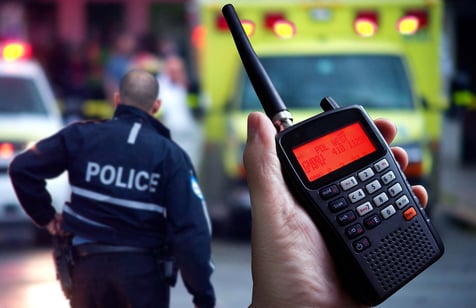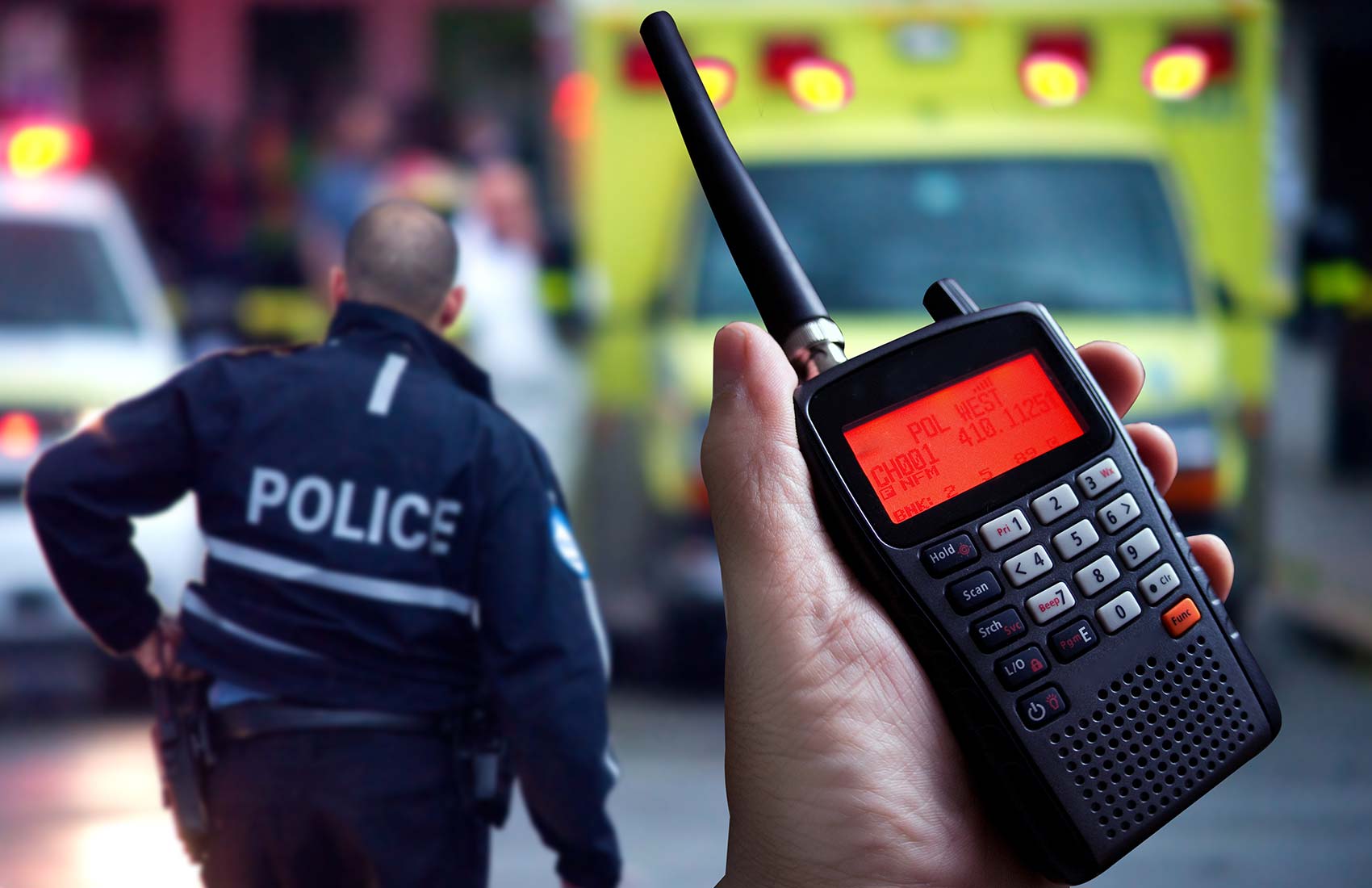 It’s trite but true: Accidents happen. Sometimes, no matter how many precautions you take or how well you train your employees on rooftop safety, something goes wrong. Unfortunately, the nature of working on a roof means that many of the resulting injuries are often very serious. A broken water pipe could cause a slip; an electrical short could cause a shock or a burn. And then there’s the dreaded fall, which can be especially scary when it happens from a high distance.
It’s trite but true: Accidents happen. Sometimes, no matter how many precautions you take or how well you train your employees on rooftop safety, something goes wrong. Unfortunately, the nature of working on a roof means that many of the resulting injuries are often very serious. A broken water pipe could cause a slip; an electrical short could cause a shock or a burn. And then there’s the dreaded fall, which can be especially scary when it happens from a high distance.
The rooftop safety of your workers is your responsibility, so it’s important for you to know exactly how to react when someone is injured. Here are some of the things that should be on your “accident to-do” list:
- The most important thing, of course, is to help the employee. If possible, provide first aid (ideally, you or someone on your staff should be trained in first aid). If you’re not certain that you can do so without causing further injury – in the case of a fall, for instance – call 911 immediately. Remember to stay calm throughout the entire process. If you are freaking out so too will your employee, which could make the injury worse.
- While you’re providing assistance to the injured employee, clear the area. Unless you need their direct assistance. This both serves to protect them from any hazard and reduces the level of distraction from what needs to be done.
- Contact the injured worker’s family. Your accident management plans should designate the person responsible for this, and contact information should be readily available. Provide as much information as possible without admitting blame or saying anything that could increase your liability. Your communication with the family should include a cell phone or other immediate contact number for yourself or another member of management.
- Preserve the scene of the accident. If the injury is serious, OSHA will almost certainly conduct an investigation, and it’s a good idea for you to conduct your own, as well.
- Then begin your required notifications. These include your company’s senior management, your local OSHA office, your worker’s compensation representative, your lawyer, and your union rep (if any). Be aware that OSHA reporting requirements were tightened through new regulations that went into effect in January of 2015. Now OSHA notification is mandatory any time a work-related accident results in hospitalization, amputation, loss of an eye, or death for any single employee (previously, the threshold for mandatory reporting was three injured employees). Fatalities must be reported within eight hours, while hospitalizations, amputations, and eye loss must be reported within 24 hours.
- Finally, it's time to inform. With your legal team’s advice, let other employees know about the accident and the condition of the injured worker.
What you do in the days and weeks after a rooftop safety accident is important, too. Your post-accident priorities should include:
- Disciplinary action for any employees who violated company regulations and safety protocols.
- Immediate correction of any rooftop safety violations that were identified by the OSHA investigator.
- Maintain regular contact with the injured employee and/or his family. It’s important to show concern and consideration, but follow your lawyer’s advice on how to do so without implicitly admitting fault. In addition, with the consent of your legal team and your company’s upper management, consider doing whatever you can to help the family, such as coordinating insurance, worker’s compensation, visits, meals, etc.
No one wants an injury at their workplace, even a minor one especially since rooftop injuries tend to be serious. Your job is to do everything you can to avoid an accident, including following all applicable OSHA regulations. If an accident happens anyway, have a plan in place, and make sure that the top level of management on every shift knows what to do and when to do it.





